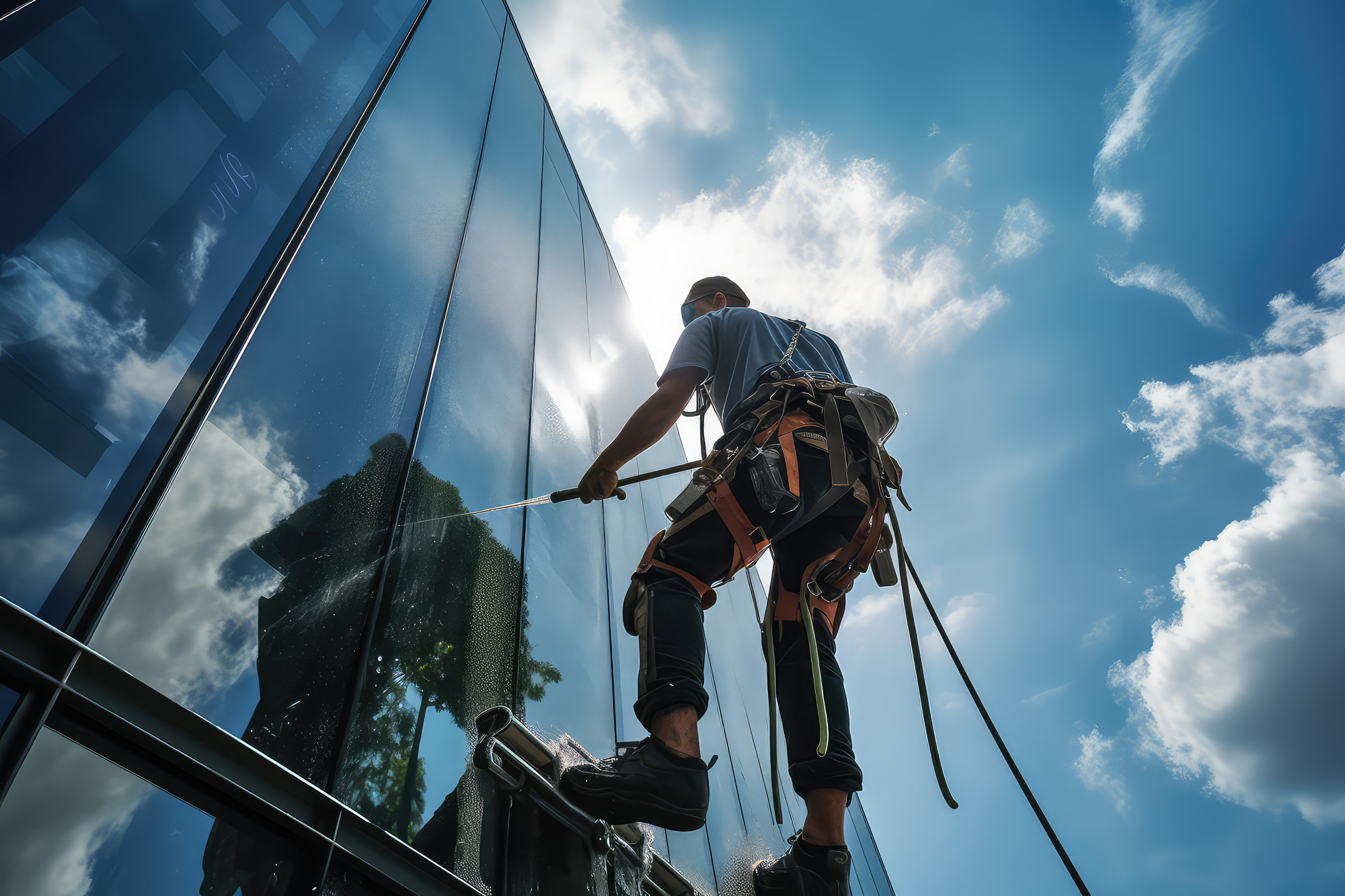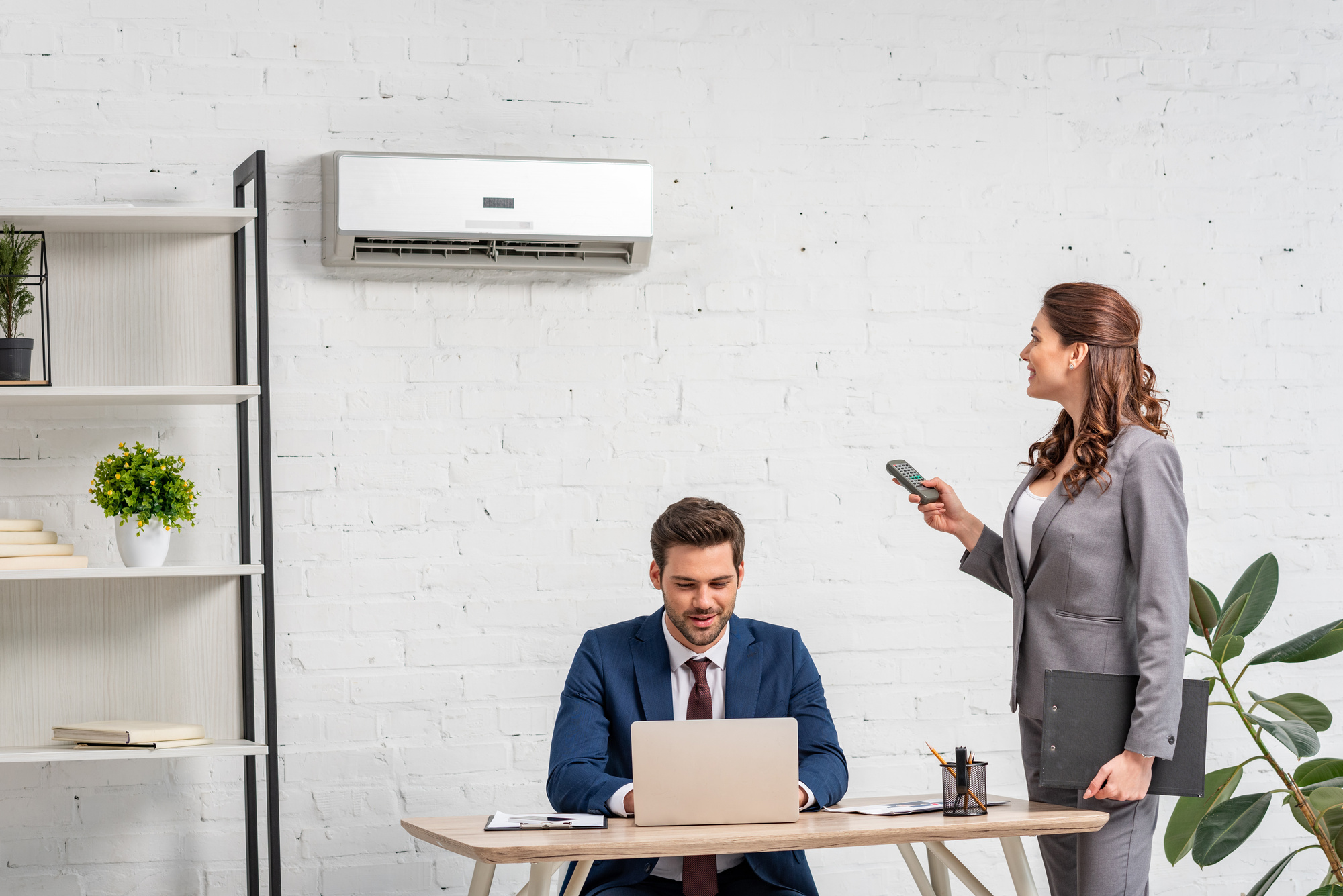Learning to do more with less when it comes to school floor care.
West Chicago, IL – Many school districts around the country are now planning next year’s budgets, and unfortunately, dealing with the same challenge: operating their facilities with fewer dollars. As they seek to cut costs, invariably cleaning is on the chopping block…once again.
Floor care is a costly cleaning task for most schools. While some districts are now leaving their floors “flat,” with no finish, others still want floor finish applied if for no other reason than the protection it offers.
 However, according to Doug Berjer with Tornado, a manufacturer of cylindrical brush floor machines and other floorcare equipment, many school administrators have no choice but to “do more with less” when it comes to floor care.
However, according to Doug Berjer with Tornado, a manufacturer of cylindrical brush floor machines and other floorcare equipment, many school administrators have no choice but to “do more with less” when it comes to floor care.
To help grapple with this situation, Berjer suggests collecting data on the following three floorcare items:
- Specific floor areas to be cleaned and the size of each floor area
- Equipment currently used for floorcare – everything from mops and buckets to scrubbers and burnishers
- Breakdown of time required to complete floorcare tasks, times the number of workers, times their hourly wages*
“Now it’s just a matter of doing the math,” says Berjer, “and in some cases the savings can be significant.”
For instance, Berjer points to a study conducted by David Frank, president of the American Institute for Cleaning Sciences. In this study, two schools were compared, both with 30,000 square feet of floor space cleaned 260 times per year. According to the study:
School “A” uses mops and buckets costing about $50 per set to clean their floors. Using this equipment, it takes two custodians working about 4.5 hours each to complete the floor work, costing the school system $26,000 per year.
School “B” uses one cylindrical brush floor machine with an 18-inch cleaning path that costs about $3500. With this machine, one worker can clean approximately 8,500 square feet per hour, taking 3.5 hours to clean 30,000 square feet of floor space. Labor costs amount to about $11,000 per year. **
“Unfortunately, many school decision makers just see the [equipment] sticker price,” Berjer points out. “Distributors have to educate school purchasers to look beyond the sticker price to see the true savings.”
###
*The bulk of the cost in floorcare is labor. Chemical costs are typically a minor expenditure in floor care
**Costs are averages and dependent on hourly wages and other factors; however, the cleaning times and square footage rates do apply.






